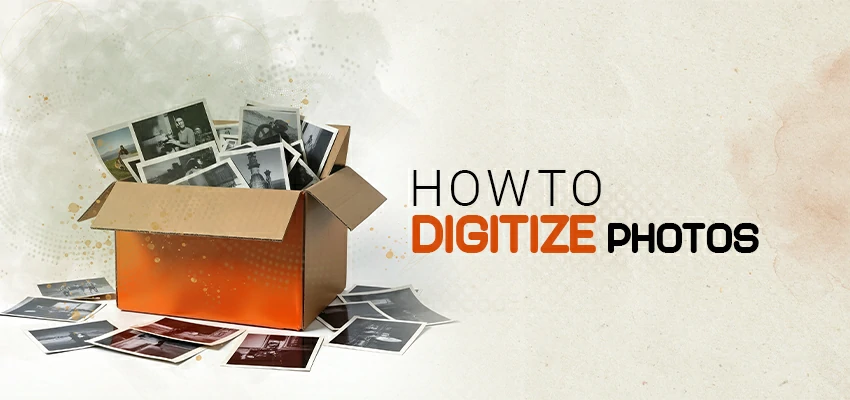How To Start A Graphic Design Career: Pro Tips for Beginners

Do you love creative jobs like designing, photography, or composing? Well! We’ll discuss one of the most popular subjects- Graphic design along with its opportunities as a career in different perspectives. So, how to start a graphic design career? Are you interested in taking it as a full-time job? If so, read this write-up to know why you should try your hand at visual design.
Normally, we go to the office in the morning and return late at night. Other than the orders, we have nothing to do. A tiny mistake can put our job at risk. What is worse is, higher authorities are always ready to fire us and find cheaper workers.
Creative professions like graphic design will keep you out of all the worries. No chance to get your salary capped, rather impressive salaries are on the way. Most importantly, you can do what you love to do. It is one of the coolest jobs you can choose to pursue.
Why Choose Graphic Design?
Studying graphic design opens the road to a wide variety of jobs. There are two types of people in the world. One group finds comfort in traditional office jobs. Another group chooses creative professions, which are quite challenging.
If you belong to the second group, take a step into the design world. Believe me or not, you will discover yourself unleashed on a side where millions of varied creative careers are waiting for you. Not only that, as a graphic designer, you will get chances to execute your creativity at its best.
Graphic Design Career Opportunities
It is really hard to calculate graphic design career opportunities. However, I made a small list of highly paid jobs to let you know beforehand. Please read this section thoroughly.
Graphic designer
With your knowledge of graphic design, you can create logos, design book covers, illustrate websites and many more things. Nowadays, graphic design is in huge demand in the job market. If you have an outstanding portfolio of work, you can choose freelancing as a side-gig. Make sure you have enough time to meet your clients’ preferences.
UX and UI designer
On a website, the User Experience and User Interface are designed to ensure consistent and seamless services and enjoyable scrolling. By learning UX and UI, you can work as a web designer.
Creative director/artist
As a creative director/artist, you can develop games, advertising campaigns, brand identity, create online and offline magazines, and illustrate copywriting patterns. If you join a production house, you have to work on animation, film, TV commercials, art, and other visual and abstract formats.
Product developer
Other than handling tangible visual elements, you can develop products too. Product development includes the creation of illustrations for products, idea generation for marketing, and contribution to the development process.
Print media
You may think that graphic design is a soft skill that refers to online activities. But this is not true. It would be great if you contributed to the analog print media. Children are now getting more familiar with the internet, gadgets, social media, etc.
Think of something out of the box to attract them towards printed books, comics, or magazines. In this way, you can reduce brain damage and other health issues.
Tips To Smoothen Your Career in Graphic Design
➢ Do some research on why visual designs matter. Our ancients had cave paintings to illustrate stories and to communicate with others. The situation is still the same. People prefer visual communication to written or spoken messages. It helps them to grasp a concept better.
➢ To make your graphics fruitful, you need to learn design-related terms like typography, color, shape, photo, etc. These terms are essential for converting viewers to readers. Correct utilization of the basic design terms grabs attention and invokes interest in knowing more.
➢ If you find free online resources (blogs/vlogs/courses) to learn graphic design, do not ignore them. Credible resources contain tips and tricks that you won’t find free anywhere. Perhaps these will teach you a lot more than the paid courses and books.
➢ What can be better than if you find proficient designers on social media to follow? Countless designers share their work and experiences on YouTube, Facebook, Instagram, Twitter, Pinterest. If you search a little, you will find one or two designers.
➢ Now you have a designer to follow. What’s the next step? Study their work to understand their theories. Let me tell you a secret. You can recreate their work. By recreating, you will learn to deconstruct the basics and explore your creativity. Do it only for your personal experience, never disclose your recreations publicly.
➢ Many beginners worry about premium software. As a beginner, Adobe Photoshop can be your first and best choice to learn graphic design. Canva is another popular free tool for use on smartphones or PCs. Once you are accustomed to Canva, you can shift to Adobe or vice versa.
➢ All the tips will go in vain if you are not creative. And the quickest and easiest way to be creative is to break the traditions and rules and be unique in your own style.
To Conclude
Covering the area of graphic design in this short way is a complex task. Anyway, we have tried our best to make you understand this topic in the simplest language possible. Hope you like it. However, if you want more suggestions, do higher research from multiple graphic resources and professionals.
Remember one thing: creativity is not a limited skill. The more you think, the more you can create. And boundless creativity is a plus in this area of work. Be bold to break and recreate, because the cocoon-mind will be the biggest obstacle to overcome.




